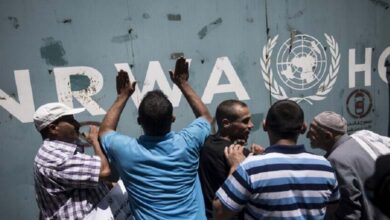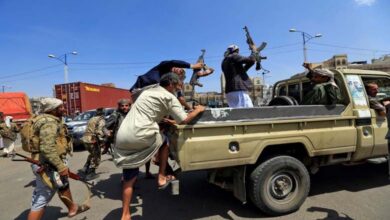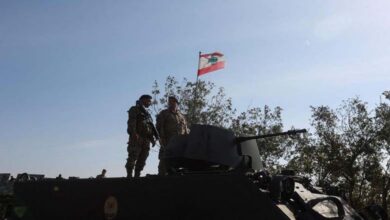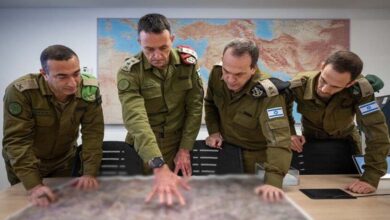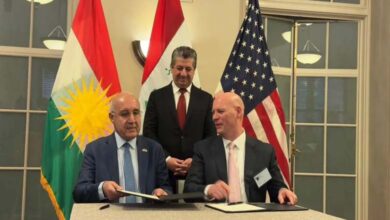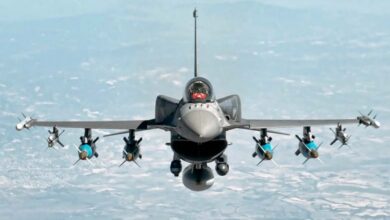Iran-Israel War: Has the Pentagon’s Confidence in THAAD Been Shaken?
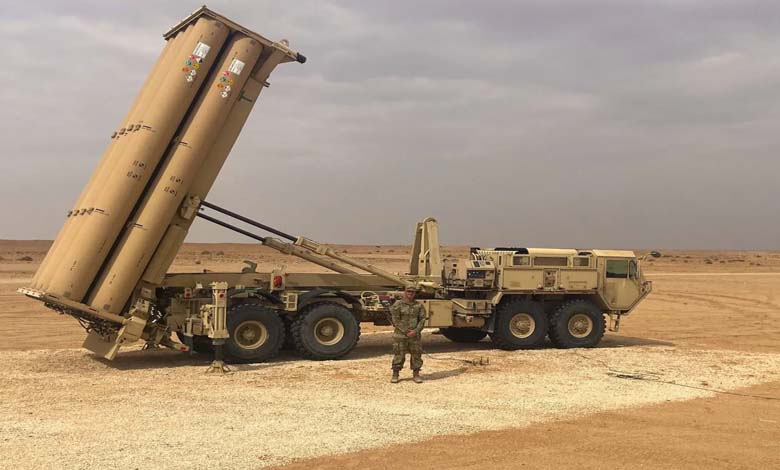
Military assessments have revealed that the U.S. military used between 15% and 20% of its global stockpile of THAAD (Terminal High Altitude Area Defense) interceptor missiles in just 11 days of medium-intensity combat during the Iran-Israel conflict.
-
Behind Trump’s Deal: How Iran and Israel Agreed to End the War
-
Mutual escalation between Iran and Israel despite calls for de-escalation
According to a report by Military Watch Magazine, the financial cost of the missiles fired by the U.S. to support Israeli air defenses during recent Iranian attacks is estimated between $810 million and $1.215 billion.
THAAD is one of the most advanced systems for intercepting medium- and long-range ballistic missiles. The U.S. Army currently operates only seven THAAD systems across five air defense battalions, with an eighth expected to be operational by the end of the year.
The Pentagon relies on this limited arsenal to counter ballistic threats from five key adversaries: North Korea, China, Russia, Belarus, and Iran.
-
Troubles and Crises: International Economy Affected by Iran and Israel Events
-
Unprecedented Announcement: Israeli Commandos Operated Inside Iran
Documented footage has shown 39 THAAD interceptors being launched between June 13 and 24. Assuming the footage represents only 50% to 66% of total launches due to strict media censorship in Israel, experts estimate that between 60 and 80 missiles may have been used.
This rapid depletion raises concerns for three main reasons: the exorbitant cost of each interceptor (between $12 and $15 million), the limited global inventory, and the relatively restrained nature of the Iranian attacks, which appeared designed to avoid full-scale escalation while preserving deterrent capability.
-
Trump Announces Ceasefire Between Israel and Iran
-
One Week into War: Iran Expands Its Strikes on Israel with the Largest Rocket Barrage in 48 Hours
This pace of use highlights serious operational limitations of the THAAD system. Had Iran intensified its attacks with multi-warhead missiles or prolonged the campaign by several days, the system could have been overwhelmed even faster.
Such realities raise fundamental questions about THAAD’s resilience in medium- or high-intensity conflicts, not only in the Middle East but also in more critical theaters like Asia, where U.S. adversaries possess larger and more advanced missile arsenals.
-
Missiles, Casualties, and Damage: Israel Reveals the Toll of Iranian Attacks
-
Hypersonic Missiles and Strikes on Nuclear Facilities: Day Six Between Iran and Israel
It’s worth noting that THAAD was strongly supported during this conflict by Israel’s “Arrow” and “Barak 8” systems, as well as nearby U.S. Navy destroyers equipped with SM-3 interceptors. The system has been deployed abroad since 2009, first to Hawaii, then Guam and South Korea, and is now being considered for Wake Island in anticipation of scenarios involving North Korea or China.
With Russia expanding its missile presence in Europe—particularly the deployment of the “Oryshnik” missile to Belarus—and North Korea increasing its capabilities, there may be growing calls to deploy THAAD in Europe as well.
-
Iran-Israel Escalation: Mass Launch of Evacuation and Withdrawal Phases
-
Anticipation and Preparations in Israel for a Double Attack from Iran and Yemen
The magazine concluded that the rapid depletion of resources over just 11 days of moderate combat, even under favorable conditions, casts serious doubt on the THAAD system’s future. It exposed vulnerabilities in the global stockpile and highlighted unsustainable operational costs, raising serious questions about the system’s long-term viability in dealing with more intense and complex security threats.


